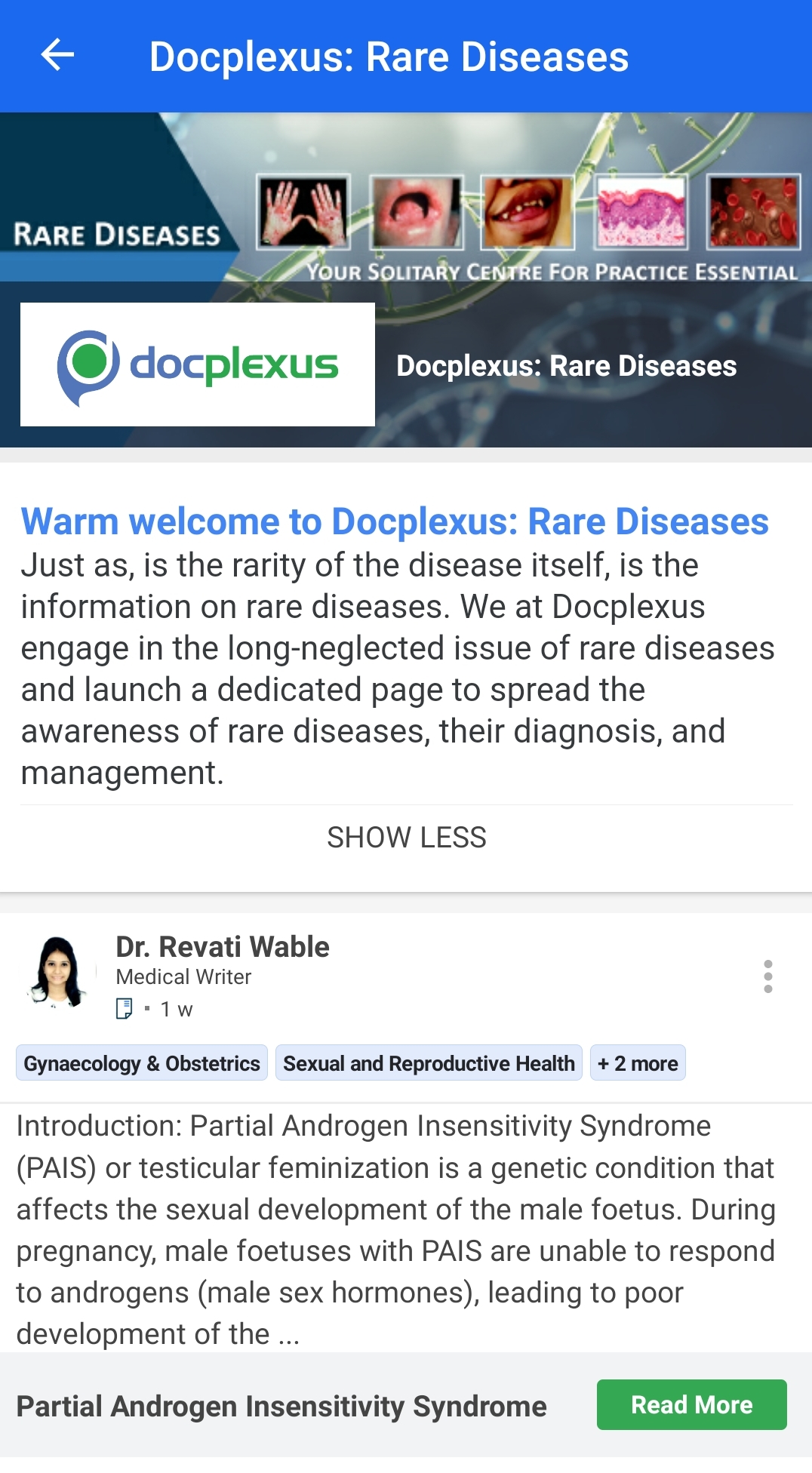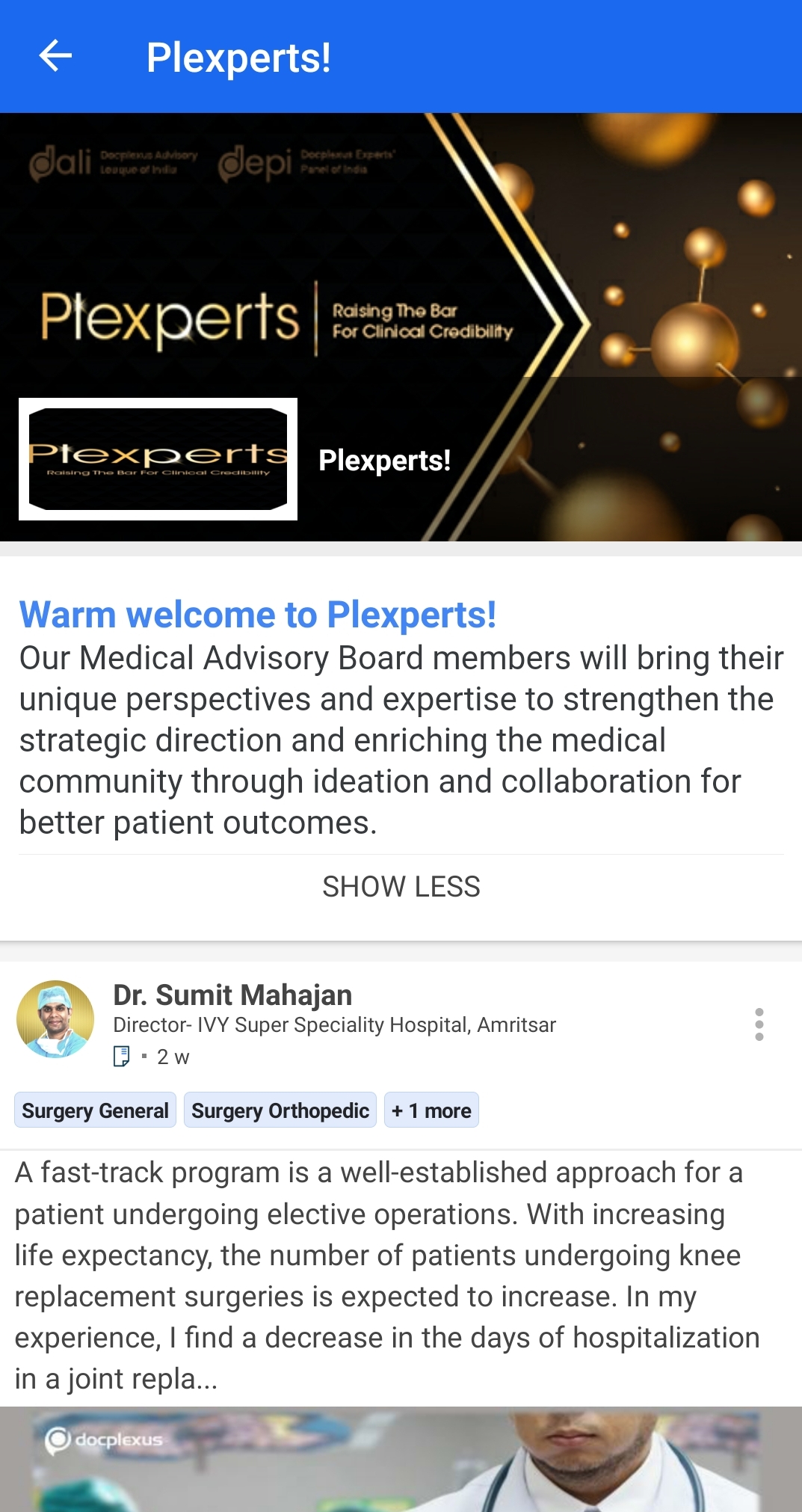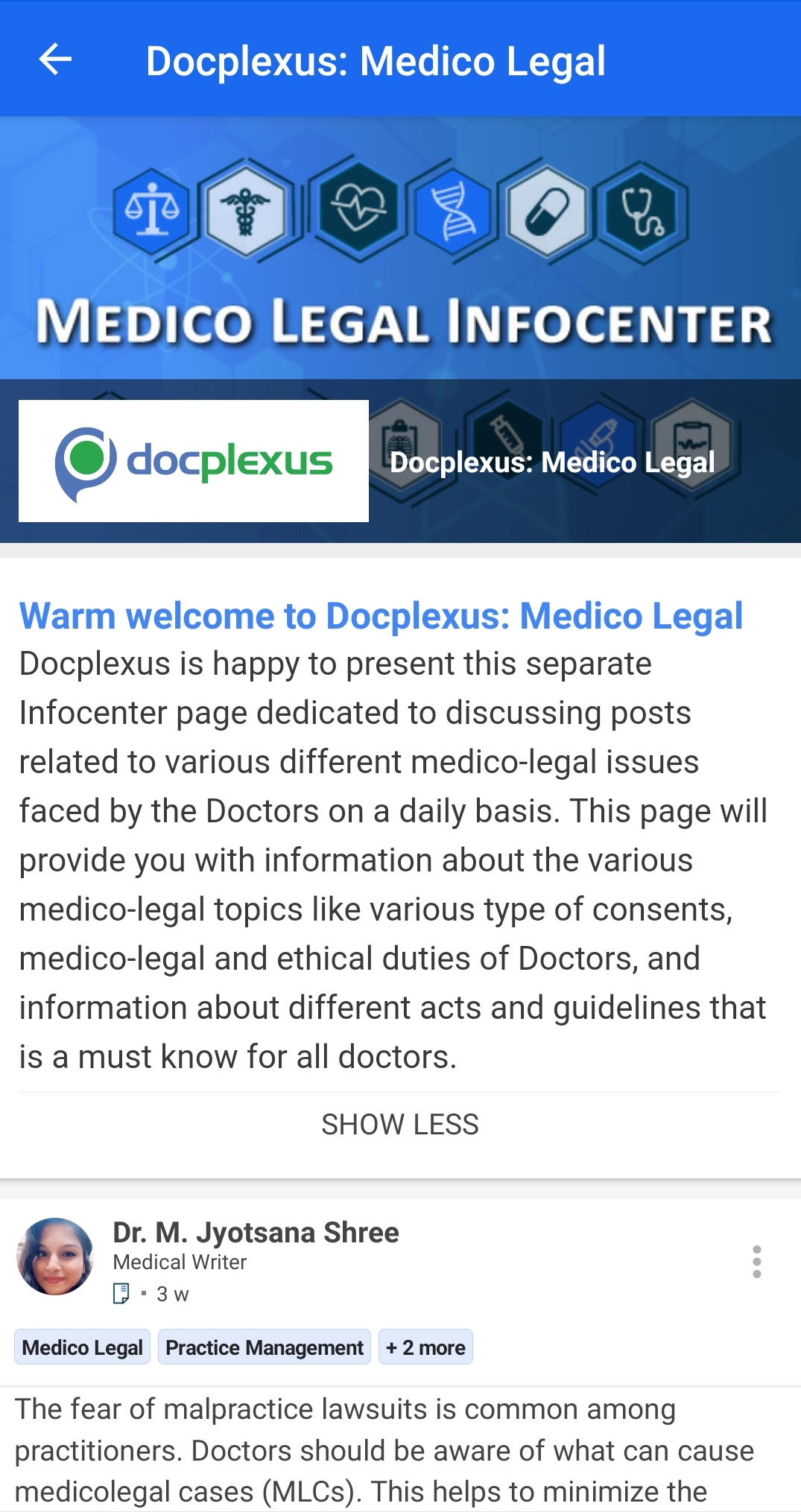
At the outset, it seems like a no-brainer – Whether you should go for a Website, Microsite, or Landing page.
I mean, is there anything that can supersede websites, functionality-wise? But the bigger question is – Is functionality everything? Not exactly.
So what else is important?
i) Understanding your product/brand goals.
ii) Figuring out the pain points of your customers and addressing each of them.
To
i) Cut the clutter and share brand-specific information with your target audience.
ii) Strategize customized campaigns to tell the story of your brands/products.
More often than not, a website of a big healthcare brand fails to customize its content at a micro-level (read more about it below). Therefore, microsites and landing pages can be far better and more purposeful digital outlets for Healthcare companies. But how to choose between the three? This write-up tries to help you out in making that decision.
Microsites
A microsite is a purpose-specific digital outlet (usually having a single page) that healthcare companies can build to promote their brands, events, or campaigns.
It has a separate domain (independent from the main website) and does not have pages like “About Us,” “The Team,” etc.
Here’s the Wikipedia definition:
“A microsite is an individual web page or a small cluster of pages which are meant to function as a discrete entity within an existing website or to complement an offline activity. The microsite’s main landing page can have its domain name or subdomain”.
It is important to note that microsites don’t have advanced e-Commerce functionalities or a deep sales funnel. Their primary aim is to dissipate information, create brand awareness, and engage as many HCPs as possible. The content is customized based on the microsite’s goals, which can be (but not limited to):
Launching a new healthcare brand/product
Whether a healthcare company wants to launch a brand/product or wants a top-of-the-mind brand recall after the launch, it relies on promotional email campaigns to spread the word among HCPs and patients. From these campaigns, the audience can be directed to a microsite, that has interactive and insightful brand content.
The branded microsites or Infocenters that we build for our Healthcare partners host:
i) Tailor-made scientific, digital content
ii) Evidence-based articles – created by our prolific team of medical writers
iii) Product Galleries – to display their products
iv) Downloadable collaterals (brochures, presentations infographics, product explainer videos, mythbusters, etc.)
v) KOL Interviews
And help them in:
a) Building top-of-mind brand recall
b) Digitally engaging HCPs across 99 specialties and 1600 cities
c) Easily accessing HCPs in remote areas
d) Reducing dependency on offline marketing channels and field force
e) Posting customized, evidence-based content in HCP-friendly formats
f) Stoking clinically credible conversations around your products/brands
Landing Pages
A landing page is a single page, which is usually a part of the main website and has a specific purpose of driving conversions. The whole point of having a landing page is to cut the clutter and give visitors what they are exactly looking for. Therefore, you need to be thorough with your audience segmentation (target relevant user personas). You can have touchpoints like Pay Per Click or Facebook Ads, Emails, Google SERPs, etc. to reach your prospects and bring them to your landing page.
There are two kinds of landing pages – Hidden and Visible.
The hidden one isn’t a part of the website’s original architecture (visitors won’t find this page while they browse your website). Visitors can land on it via a direct link – The link can appear in Google search results (after you do a technically sound on-page SEO of your landing page), social media Ads, emails, etc. Although, if someone lands on the page, he or she can be taken to any of the website’s original pages (if relevant internal linking has been done).
Needless to mention, the visible landing page can be seen by a visitor who organically lands on the website and starts browsing. This is is the only difference between the two.
So tactically, what is the use of hidden landing pages?
i) You can cut short the user journey and drive your audience directly toward conversion.
ii) There is a lesser chance of visitors getting lost and confused due to poor website architecture (it can happen in the case of visible landing pages).
iii) As they can’t be found while browsing a website, you can have even 100s of them for 100s of user personas (which is not possible in the case of visible landing pages).
Websites
After gaining insights on landing pages and microsites, you must be wondering– Why do healthcare companies need websites in the first place?
Well, would you want your product or brand to rely on Email campaigns or social media Ads 24×7? I guess you won’t.
This is where having a full-fledged website with proper information architecture helps. You can see it as a self-sufficient entity that keeps pulling visitors organically on your product pages, troubleshooting guides, and other social proofing content – To share your product insights, create brand awareness, and achieve lead conversions. You just need to make sure that you do a well-strategized on-page and off-page SEO of your website.
Therefore, a website can make your brand “campaign independent”.
So, what’s the catch?
You must have heard the idiom – Jack of all trades, master of none. It very much sums up the challenge of relying only on a website.
When you have a website, you have a huge responsibility of targeting each user persona and catering to its paint points – To get maximum organic traffic. In doing so, your content might become too extensive and scattered, which may dilute the core message of your Healthcare product/brand. And if you don’t optimize your website pages to perfection (on-page SEO), then you might get a lot of irrelevant traffic.
Website is far more complex machinery to handle when compared with Landing pages or Microsites.
Takeaways
Landing pages – They’re primarily used to convey a hyper-focused message and have a very specific call to action – usually to generate leads. Typically, they engage a very specific audience, and you must go for them only when you are crystal clear regarding your target audience and campaign objectives.
Microsites – They are highly effective when you want to launch a new campaign for your Healthcare brand, with the sole purpose of creating awareness or top-of-mind recall among HCPs or patients. The intention is not to lure the audience into making impulsive decisions but to share knowledge and build trust.
Websites – If you are okay with the “Jack of all trades, master of none” approach, then you don’t need to look beyond websites. But if you are worried about distracting your potential customers with a barrage of web pages and irrelevant content, then it is better to go back to the drawing board and build some Microsites for your upcoming product launches.
If you want to know more about our Branded Microsites and how they have maximized the digital outreach of various Healthcare brands, then do reach us at solutions@docplexus.net.
Docplexus – Pharma’s Trusted Marketing Partner
Docplexus is one of the world’s largest & fastest-growing networks of verified doctors & a trusted marketing partner of pharma, medical devices, diagnostics & nutraceutical companies. We empower our industry partners to meaningfully engage with the medical community through data-driven, evidence-based marketing & brand management solutions such as infocenter (branded microsite), mindset analysis, KOL webinars, sponsored medical updates, online CMEs & more.



